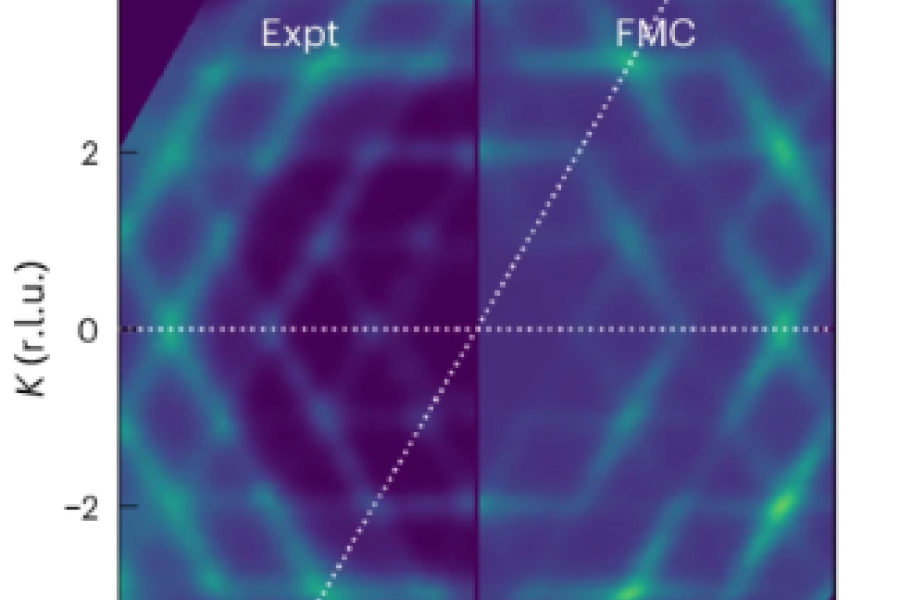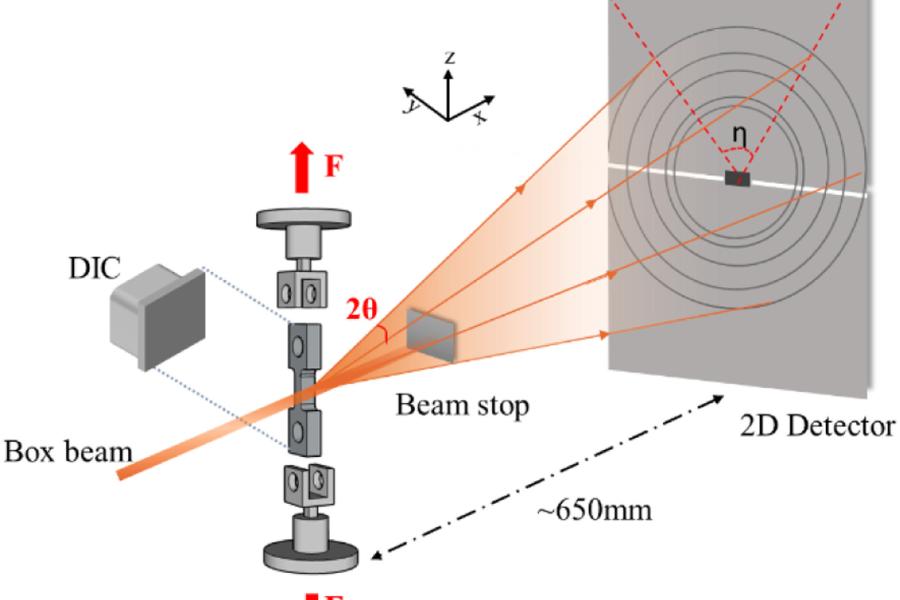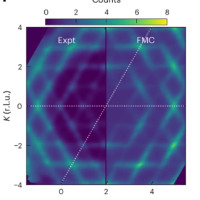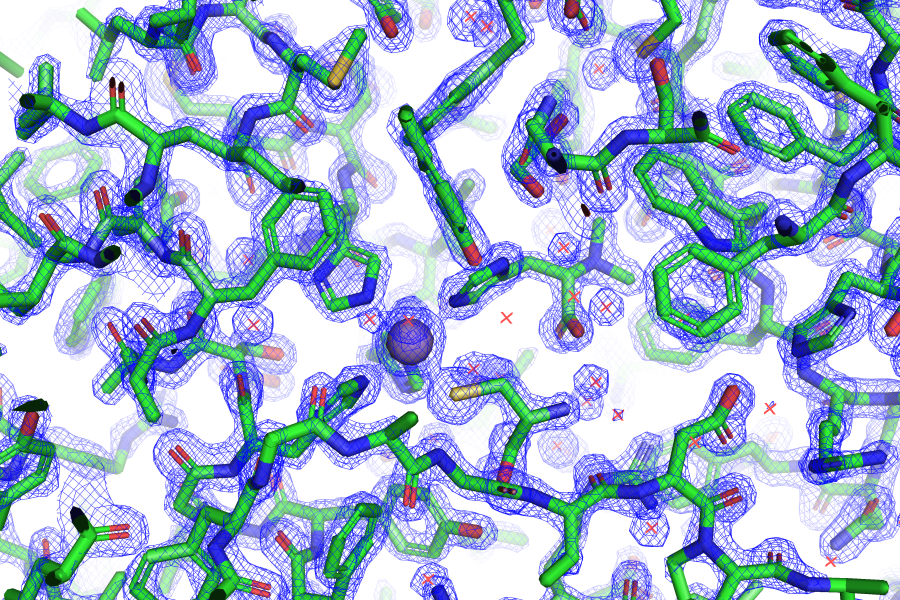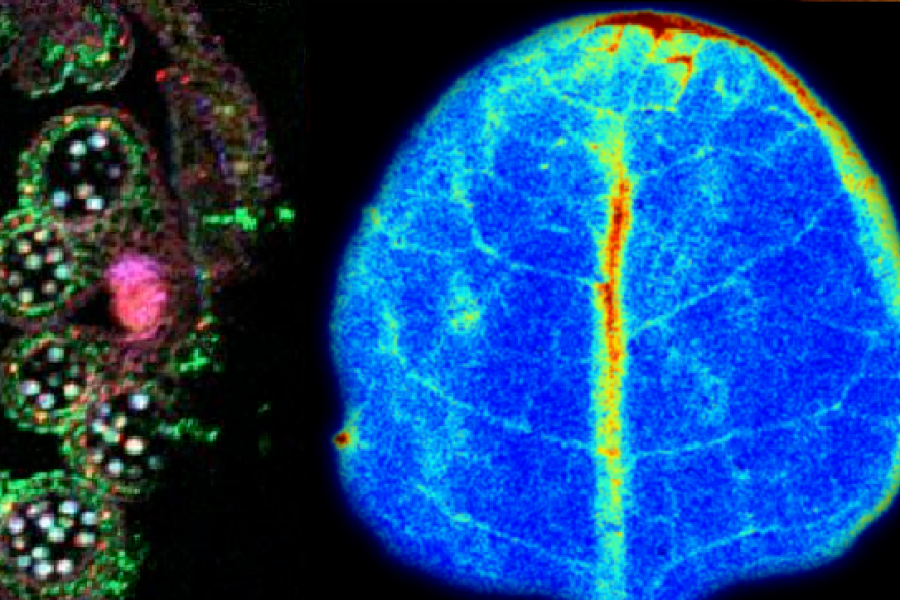-
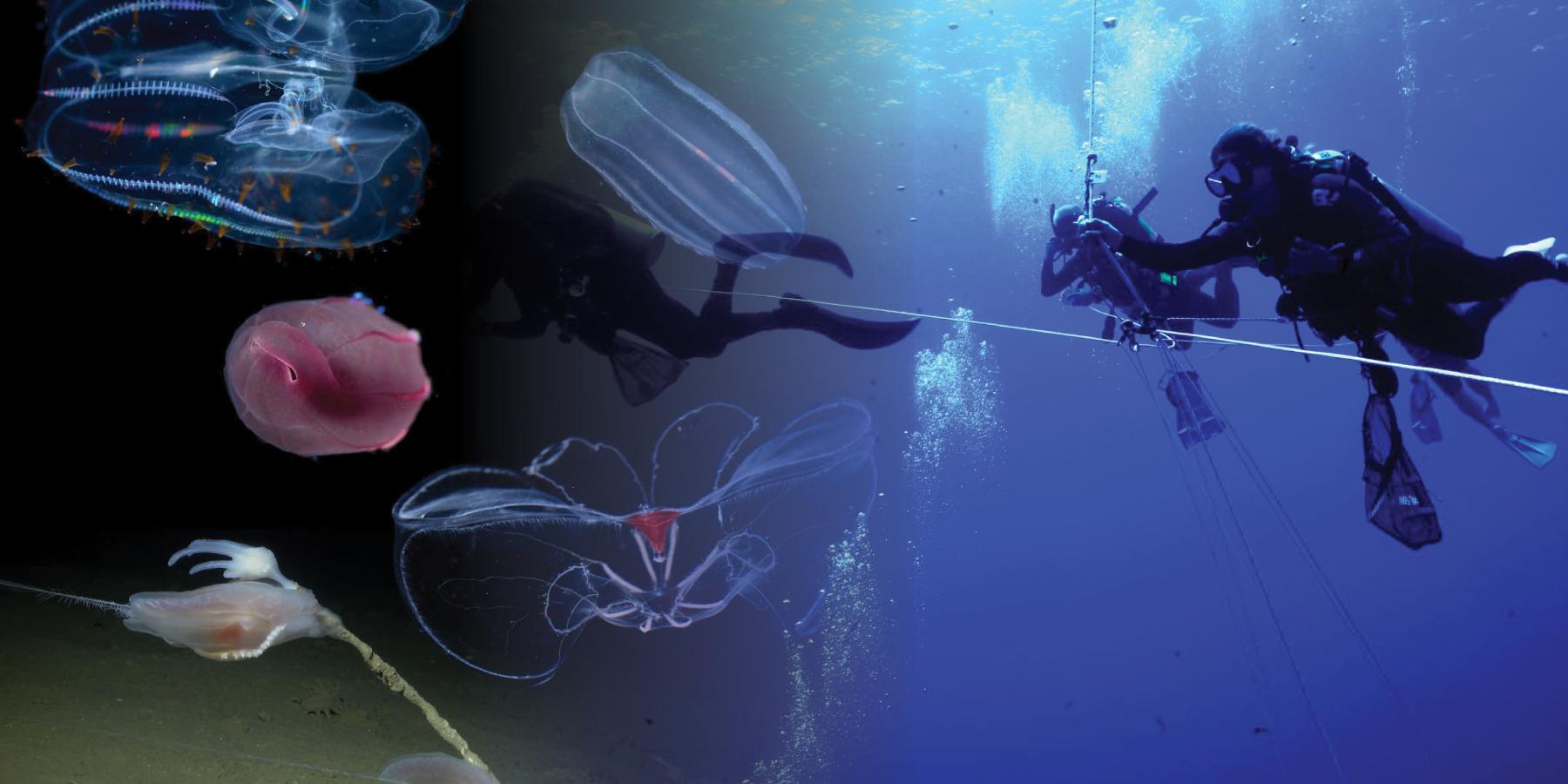
Diving into the adaptations of life under extreme pressure
CHESS is uniquely equipped to harness the power of SAXS for studying samples under extreme pressure - observing the structural behavior of molecules and systems under such conditions.
Read more! -

CHESS receives $20M from NSF for new X-ray beamline
The U.S. National Science Foundation has awarded the Cornell High Energy Synchrotron Source (CHESS) $20 million to build a new precision X-ray beamline for research on biological and environmental systems.
Read more!
